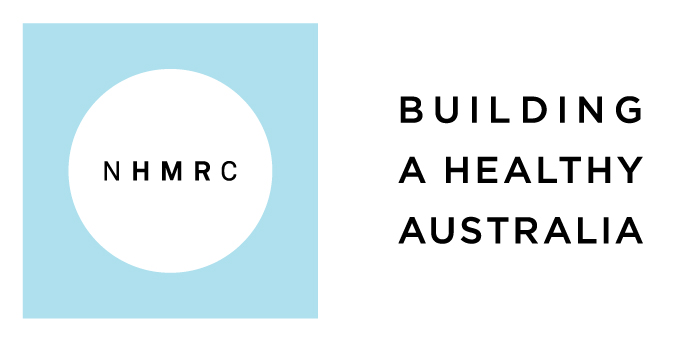Boxes
Chapter 2: Framework for Management of Drinking Water Quality
Box 2.1 - Application of the Framework in Western Australia
Chapter 3: Framework for the Management of Drinking Water Quality – the twelve elements
Box 3.1 - Example of a drinking water quality policy
Box 3.2 - Examples of multiple barriers
Box 3.3 - Examples of outbreaks resulting from sub-optimal performance
Box 3.4 - Reliability of data
Box 3.5 - Water incident communication and notification protocol
Box 3.6 - Contractors
Box 3.7 - The Melbourne water quality study
Box 3.8 - Cyanotoxin investigation in South Australia
Chapter 5: Microbial Quality of Drinking Water
Box 5.1 - Integrating health-based targets into the Framework for Managing Drinking Water Quality (Chapter 3)
Box 5.2 - Understanding and managing bore water security
Box 5.3 - Water Safety Continuum: achieving the health-based target
Box 5.4 - Small water suppliers
Box 5.5 - Environmental E. coli
Box 5.6 - Reservoirs and risk management: Understanding and managing reservoirs for control of pathogen risk (and LRVs)
Box 5.7 - Enteric Pathogen data
Chapter 6: Physical and Chemical Quality of Drinking Water
Box 6.1 - The Black Mountain Declaration (2007) on Endocrine Disrupting Chemicals in Australian Waters
Chapter 8: Drinking Water Treatment Chemicals
Chapter 9: Overview of Monitoring
Box 9.1 - Monitoring priorities based on health risk
Box 9.2 - Contamination events
Box 9.3 - Importance of monitoring treatment performance
Box 9.4 - Critical control points
Box 9.5 - Target criteria and critical limits for filtration
Box 9.6 - Responding to customer complaints
Box 9.7 - Baseline monitoring of new drinking water sources
Box 9.8 - Investigative studies on the effect of floods on water quality
Chapter 10: Monitoring for specific characteristics in drinking water
Box 10.1 - Priorities for attention where operational criteria are not met
Box 10.2 - Short-term evaluation of filtration performance
Box 10.3 - Example response protocol for E. coli detections
Box 10.4 - Example response protocol for Naegleria fowleri
Box 10.5- Example of the long-term evaluation of filter performance
Box 10.6 - Assessing system performance for management of Trihalomethanes (THMs)
